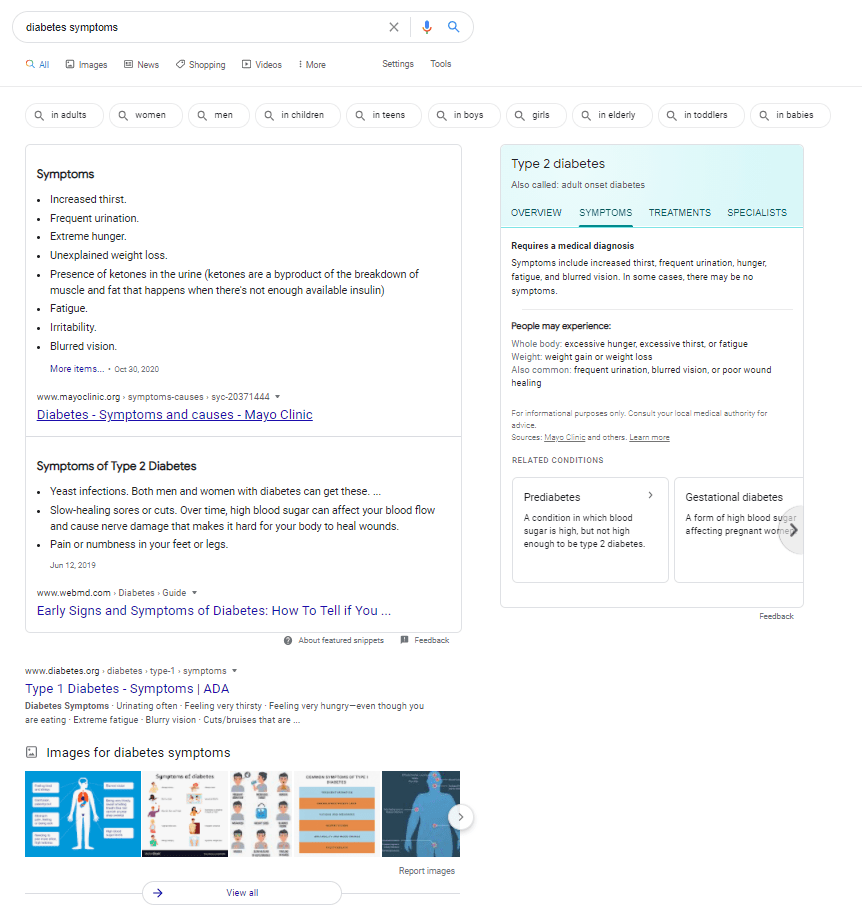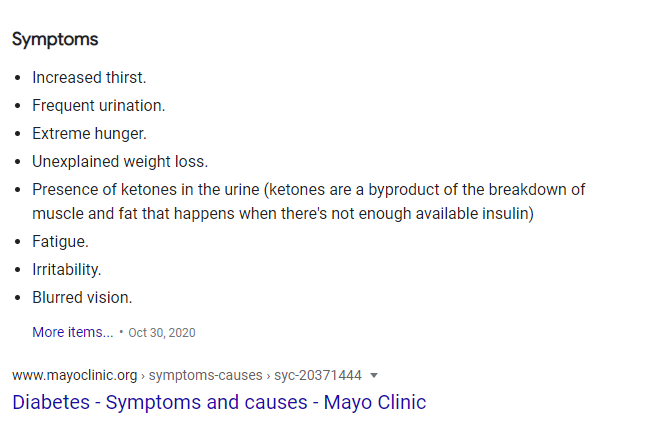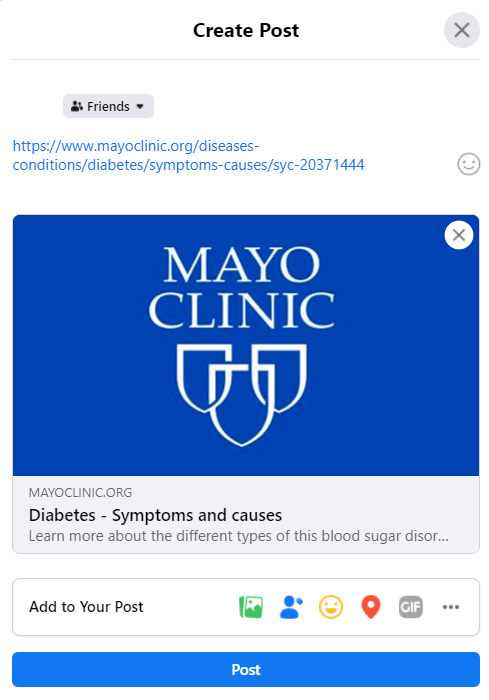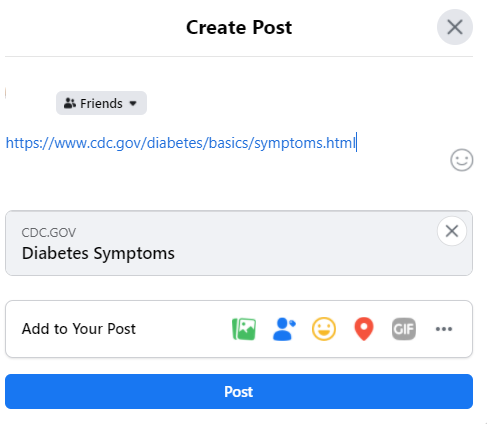How to Use Structured Data for Healthcare SEO

Google became a tech powerhouse because they can understand, organize, and structure large amounts of data into helpful search results. Over two decades, they’ve continued to change the way search results display. So, marketers have adjusted their approach to getting their websites featured in them. If you’re a healthcare marketer or you’ve Googled a specific medical question, you’ll notice these updates since you’ll receive more dynamic search results than Google’s classic listings.

If you’ve used Google for a while you probably remember when it only offered straightforward search results.

Many Google search results, especially those for diseases or symptoms, now contain dynamic results with listings, featured images, a knowledge graph, and featured snippets.
Many people believe dynamic search results are controlled entirely by Google. However, as a marketer, you can optimize your site to increase your chances of showing up in them. Structuring your site so it’s easy for Google’s crawlers to understand will increase your chances of appearing in dynamic search results. It will likely lead to higher click-through-rates from users that benefit from these dynamic results as well. For healthcare organizations, this is important because queries can be disease or question-based with a strong chance of triggering a dynamic result. So, if you’re a healthcare marketer, the best way to improve your website’s chances of appearing in Google’s dynamic results is through structured data and schema markup.
What is Structured Data?
According to Google, "Structured data is a standardized format for providing information about a page and classifying the page content; for example, on a recipe page, what are the ingredients, the cooking time and temperature, the calories, and so on." Put more simply, structured data is a superhighway that quickly tells Google’s crawlers all the information they need to know about a page or site. Basically, it’s the best way for crawlers to see the “tldr” of a page and obtain its essential information.
How Does Structured Data Help You?
Structured data increases your chances of appearing in Google’s dynamic results. What benefit will you see from it? More traffic to your site from higher click-through-rates on your results because they’ll be more prominent and relevant to users. Optimizing your code site-wide with structured data will improve your chances of being featured.
Structured data gives crawlers the information to clearly and quickly understand the purpose of your site and its pages. Its importance was confirmed by John Mueller, Google's Senior Webmaster Trends Analyst, who said about structured data, "We will try to use that to show it in more relevant search results that would perhaps bring more users to your pages that actually match the topics of your pages." While using structured data doesn't mean you’ll be shown at every opportunity, it does improve your chances of increasing awareness about your site’s content and traffic to it.
If you’re a healthcare marketer, getting your organization’s website featured more prominently in search results is critical to increasing click-through-rates, site traffic, and brand recognition. A major way you can grow your healthcare organization is by reaching your target audiences and expanding your visibility with potential patients or partners. And increasing visibility is an essential part of any SEO strategy. It should be part of yours.
To explain more about how structured data works, we’ll show you the specific types of structured data that can be implemented on your site through schema markup
Specific Types of Schema Markup
There are multiple different types of schema, but here is a general list of the most used:
- Article
- Event
- Medical Conditions
- Products
- People
- Organizations
- Local Businesses
- Reviews
- Recipes
As an example, we’ll highlight what the addition of the "medical condition" schema can do for your site. A common goal for healthcare organizations, is to demonstrate their expertise in specific areas of diagnosis and treatment. So, by implementing the "medical condition" schema, you can emphasize your healthcare organization’s strengths in knowledge through your organic search results.
Here is an example of what a properly implemented "medical condition" schema would look like in search:

“Medical Condition” schema markup clearly displays information on a specific disease by making the listing much larger and taking the first result.
It's clear that this result catches the eye and stands out more than a typical search listing. Another advantage to this schema is that it physically increases the size of your site's listing, making it even more prominent and increasing the likelihood that a user will click on it.
Open Graph Markup and Tag Benefits
Another style of structured data that doesn't fall under the schema category is the Open Graph tag, which focuses exclusively on social media. While social media doesn't directly affect organic search performance, it can indirectly affect it by promoting your content better to increase shares and links. Before we dive into the effects of the Open Graph tag on site performance, we’ll explain what it is and why it’s important.
An Open Graph tag is specific code on a page that communicates to social media platforms exactly how it should display when the content is shared on their platforms. Having control over how your content looks on and off your site means you can ensure it looks enticing to users when it’s shared on social media. When posts look their best, they’re much more likely to get clicks and shares. The likelihood of your social media posts being clicked or shared increases when open graph tags are implemented, so they’re important to reaching your audiences and new visitors.

Open Graph tags show image and description previews for links when they’re shared on social media.

If Open Graph tags aren’t set up correctly, links don’t show preview images or descriptions when they’re shared on social media.
A larger presence on social media increases the chances that someone will find your content interesting and share it on their own site with a link. Links to your site from other sites build your site’s authority on that topic. Referencing Google’s John Mueller again on links, he says “A good link…so I mean the traditional good link is someone who comes across your website and thinks it’s a fantastic website and recommends it to other people with a link.” This is particularly likely to happen if your healthcare organization makes new discoveries or conducts important medical research. News outlets are always looking for information like this to reference when they create content, so a strong social presence will help them find it easier.
Even with all the benefits structured data and schema markup can offer healthcare organizations, we rarely see them leveraged by the industry. Integrating them into your SEO strategy can give your organization an opportunity to stand out from competitors in search results and on social media. This will help you grow by increasing click-through-rates, site traffic, and brand recognition. And as search results continue to evolve to better fit the needs of users, it’s important to make sure your site evolves alongside them to grow your site’s organic search presence.
Learn more about our SEO capabilities or reach out to discuss an SEO question or challenge your healthcare organization is facing.



